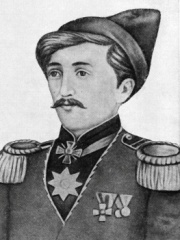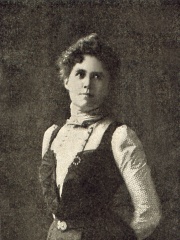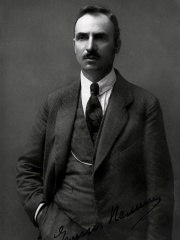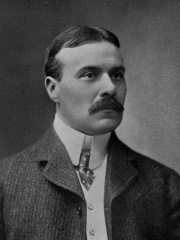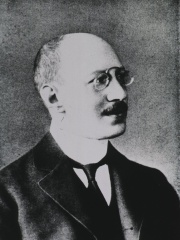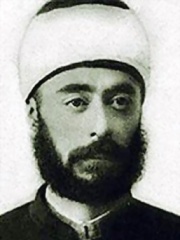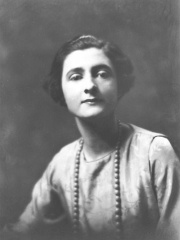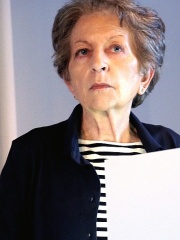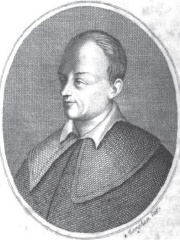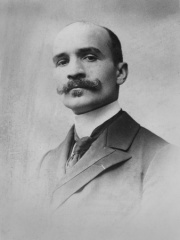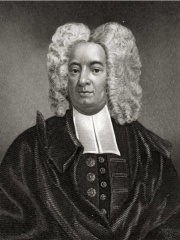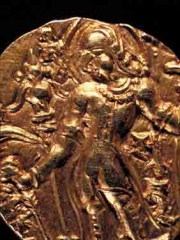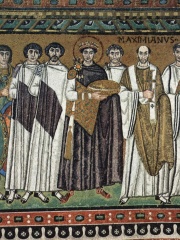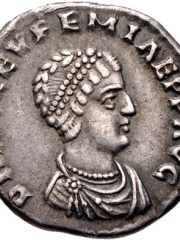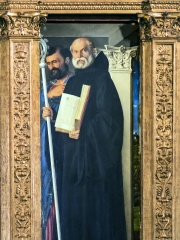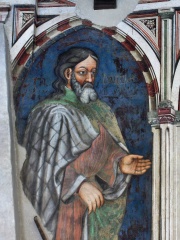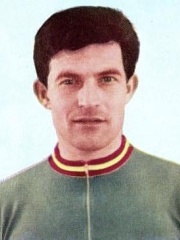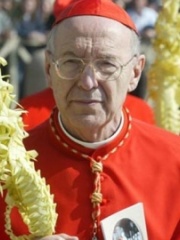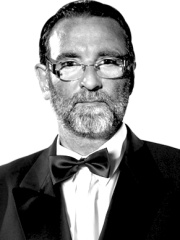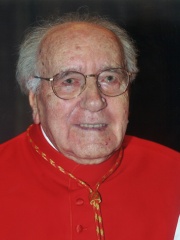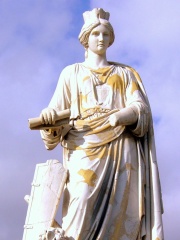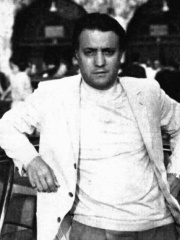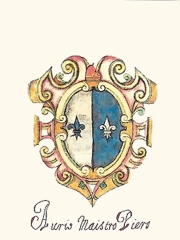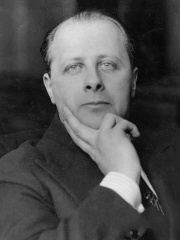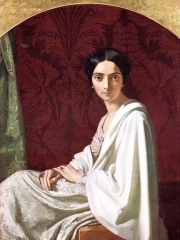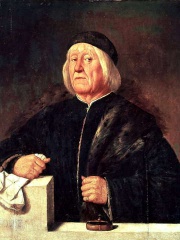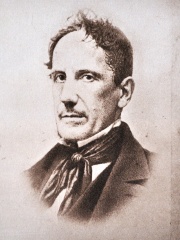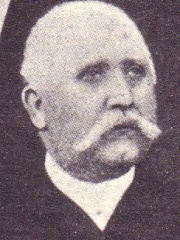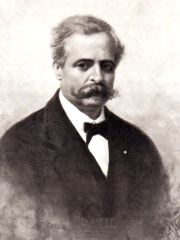Writer
Arator
500 - 543

 Arator
Arator
Arator (b. c. 490 – after 544) was a sixth-century Christian poet from Liguria in northwestern Italy. His best known work, De Actibus Apostolorum, is a verse history of the Apostles. Read more on Wikipedia
His biography is available in 15 different languages on Wikipedia. Arator is the 3,745th most popular writer (down from 3,522nd in 2024), the 3,116th most popular biography from Italy (down from 2,993rd in 2019) and the 213th most popular Italian Writer.
Memorability Metrics
Page views of Arator by language
Among Writers
Among writers, Arator ranks 3,745 out of 7,302. Before him are Abbasgulu Bakikhanov, Helen Churchill Candee, Elin Pelin, Robert W. Chambers, Iwan Bloch, and Abd al-Rahman al-Kawakibi. After him are Mercedes de Acosta, Teresa de Lauretis, Antonio Beccadelli, Maurice Paléologue, Barbara Ward, Baroness Jackson of Lodsworth, and Cotton Mather.
Most Popular Writers in Wikipedia
Go to all RankingsAbbasgulu Bakikhanov
1794 - 1847
HPI: 58.64
Rank: 3,739
Helen Churchill Candee
1858 - 1949
HPI: 58.64
Rank: 3,740
Elin Pelin
1877 - 1949
HPI: 58.63
Rank: 3,741
Robert W. Chambers
1865 - 1933
HPI: 58.63
Rank: 3,742
Iwan Bloch
1872 - 1922
HPI: 58.63
Rank: 3,743
Abd al-Rahman al-Kawakibi
1855 - 1902
HPI: 58.63
Rank: 3,744
Arator
500 - 543
HPI: 58.63
Rank: 3,745
Mercedes de Acosta
1892 - 1968
HPI: 58.62
Rank: 3,746
Teresa de Lauretis
1938 - Present
HPI: 58.62
Rank: 3,747
Antonio Beccadelli
1394 - 1471
HPI: 58.62
Rank: 3,748
Maurice Paléologue
1859 - 1944
HPI: 58.61
Rank: 3,749
Barbara Ward, Baroness Jackson of Lodsworth
1914 - 1981
HPI: 58.61
Rank: 3,750
Cotton Mather
1663 - 1728
HPI: 58.61
Rank: 3,751
Contemporaries
Among people born in 500, Arator ranks 56. Before him are Skandagupta, Shudraka, Oisc of Kent, Peter the Patrician, Marcia Euphemia, and Sittas. After him are Illus, Iakob Tsurtaveli, Octa of Kent, Borzuya, John of Cappadocia, and Arnobius the Younger. Among people deceased in 543, Arator ranks 2. Before him is Benedict of Nursia. After him is Octa of Kent.
Others Born in 500
Go to all RankingsSkandagupta
POLITICIAN
500 - 467
HPI: 59.17
Rank: 50
Shudraka
WRITER
500 - 500
HPI: 59.12
Rank: 51
Oisc of Kent
POLITICIAN
500 - 512
HPI: 59.10
Rank: 52
Peter the Patrician
POLITICIAN
500 - 565
HPI: 59.10
Rank: 53
Marcia Euphemia
COMPANION
500 - 401
HPI: 58.90
Rank: 54
Sittas
MILITARY PERSONNEL
500 - 538
HPI: 58.89
Rank: 55
Arator
WRITER
500 - 543
HPI: 58.63
Rank: 56
Illus
MILITARY PERSONNEL
500 - 488
HPI: 58.18
Rank: 57
Iakob Tsurtaveli
WRITER
500 - Present
HPI: 56.68
Rank: 58
Octa of Kent
POLITICIAN
500 - 543
HPI: 56.65
Rank: 59
Borzuya
PHYSICIAN
500 - 600
HPI: 56.54
Rank: 60
John of Cappadocia
POLITICIAN
500 - 520
HPI: 56.03
Rank: 61
Arnobius the Younger
RELIGIOUS FIGURE
500 - 455
HPI: 55.96
Rank: 62
Others Deceased in 543
Go to all RankingsBenedict of Nursia
RELIGIOUS FIGURE
480 - 543
HPI: 82.79
Rank: 1
Arator
WRITER
500 - 543
HPI: 58.63
Rank: 2
Octa of Kent
POLITICIAN
500 - 543
HPI: 56.65
Rank: 3
In Italy
Among people born in Italy, Arator ranks 3,116 out of 5,161. Before him are Gaius Fabricius Luscinus (-250), Anna Rita Del Piano (1966), Mario Zanin (1940), Francesco Marchisano (1929), Mario Salieri (1957), and Domenico Bartolucci (1917). After him are Giuseppe Prinzi (1825), Giuseppe Taddei (1916), Piero Cappuccilli (1929), Teresa de Lauretis (1938), Antonio Beccadelli (1394), and Orio Mastropiero (1150).
Others born in Italy
Go to all RankingsGaius Fabricius Luscinus
POLITICIAN
250 BC - Present
HPI: 58.66
Rank: 3,110
Anna Rita Del Piano
ACTOR
1966 - Present
HPI: 58.66
Rank: 3,111
Mario Zanin
CYCLIST
1940 - Present
HPI: 58.66
Rank: 3,112
Francesco Marchisano
RELIGIOUS FIGURE
1929 - 2014
HPI: 58.64
Rank: 3,113
Mario Salieri
FILM DIRECTOR
1957 - Present
HPI: 58.63
Rank: 3,114
Domenico Bartolucci
RELIGIOUS FIGURE
1917 - 2013
HPI: 58.63
Rank: 3,115
Arator
WRITER
500 - 543
HPI: 58.63
Rank: 3,116
Giuseppe Prinzi
SCULPTOR
1825 - 1895
HPI: 58.63
Rank: 3,117
Giuseppe Taddei
SINGER
1916 - 2010
HPI: 58.63
Rank: 3,118
Piero Cappuccilli
SINGER
1929 - 2005
HPI: 58.62
Rank: 3,119
Teresa de Lauretis
WRITER
1938 - Present
HPI: 58.62
Rank: 3,120
Antonio Beccadelli
WRITER
1394 - 1471
HPI: 58.62
Rank: 3,121
Orio Mastropiero
POLITICIAN
1150 - 1192
HPI: 58.62
Rank: 3,122
Among Writers In Italy
Among writers born in Italy, Arator ranks 213. Before him are Carlo Rosselli (1899), Ennio Flaiano (1910), Cristina Trivulzio Belgiojoso (1808), Teofilo Folengo (1491), Julius Obsequens (400), and Giuseppe Gioachino Belli (1791). After him are Teresa de Lauretis (1938), Antonio Beccadelli (1394), Ranieri de' Calzabigi (1714), Luigi Capuana (1839), Francesco de Sanctis (1817), and Titus Calpurnius Siculus (290).
Carlo Rosselli
1899 - 1937
HPI: 59.08
Rank: 207
Ennio Flaiano
1910 - 1972
HPI: 59.03
Rank: 208
Cristina Trivulzio Belgiojoso
1808 - 1871
HPI: 58.99
Rank: 209
Teofilo Folengo
1491 - 1544
HPI: 58.97
Rank: 210
Julius Obsequens
400 - 301
HPI: 58.82
Rank: 211
Giuseppe Gioachino Belli
1791 - 1863
HPI: 58.77
Rank: 212
Arator
500 - 543
HPI: 58.63
Rank: 213
Teresa de Lauretis
1938 - Present
HPI: 58.62
Rank: 214
Antonio Beccadelli
1394 - 1471
HPI: 58.62
Rank: 215
Ranieri de' Calzabigi
1714 - 1795
HPI: 58.53
Rank: 216
Luigi Capuana
1839 - 1915
HPI: 58.50
Rank: 217
Francesco de Sanctis
1817 - 1883
HPI: 58.32
Rank: 218
Titus Calpurnius Siculus
290 - Present
HPI: 58.21
Rank: 219
